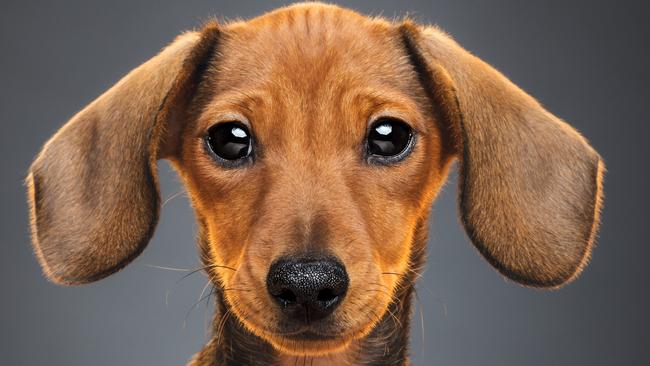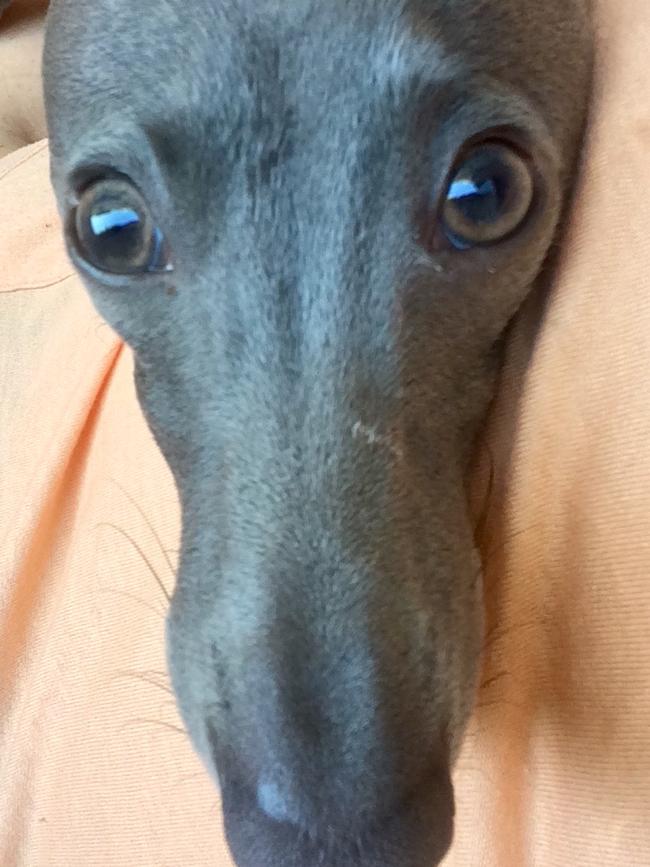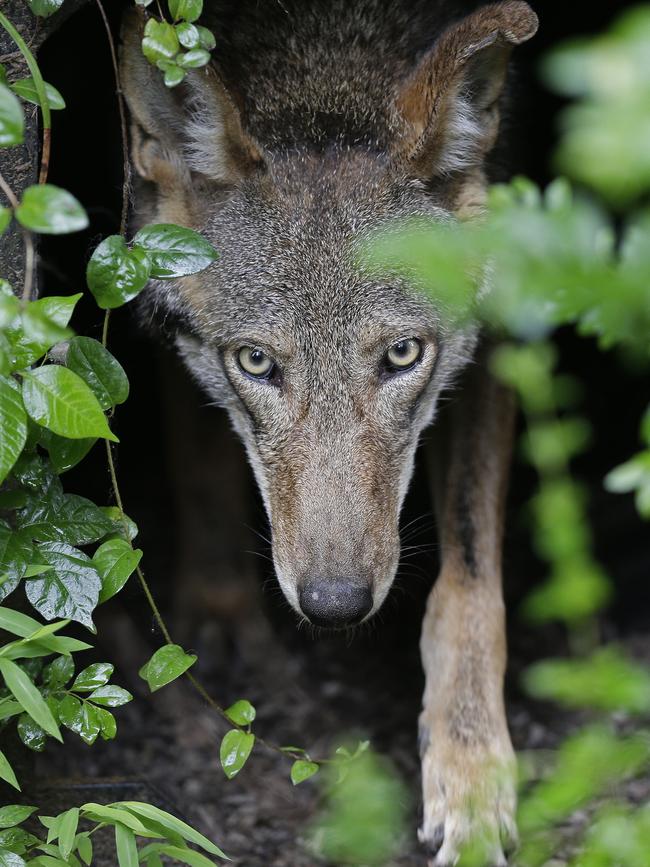Puppy dog eyes show who’s really the master
It makes you melt, but behind that look your dog is flexing the muscle of an evolved master manipulator.

It’s raining, it’s cold, and you’ve just put your feet up.
But standing in front of you is a pair of imploring eyes with a lead and a wagging tail. How can your heart not melt?
Stay firm. New research has shown that when your dog gazes at you with puppy dog eyes, it is not demonstrating endearing vulnerability. Instead, you are being manipulated by thousands of years of canine evolution, which has changed the facial structure of dogs precisely so they can inveigle their way into your affections.
The conclusion comes from a dissection of wolf and dog heads by researchers, who wanted to see what effects, if any, could be attributed to domestication. They showed the musculature of the heads differ in just one key area: around the eyes.


Juliane Kaminski, from the University of Portsmouth, said this fitted in with theories about the domestication of dogs, and how they evolved to communicate with humans.
“We prefer dogs with these kind of infant-like large eyes,” she said. “We see this movement, this raised eyebrow, and it triggers a nurturing response. We want to take care of this thing.”
The idea is that at the beginning of domestication, when wolves gathered around the camp fire of our stone age ancestors, those that received the most scraps of food were those who could best elicit our sympathy.
They did so by playing on our emotions — and unconsciously imitating the eyes of vulnerable, attentive children. So, over millennia, they evolved to better achieve this.
It remains an open question what emotional pathway they are exploiting, but Dr Kaminski said it was clear that they learnt to play on human vulnerabilities. “They definitely trigger something,” she said. “They adapted to the niche available; the infant niche. We created this infant-like creature.”
Previous research by her group has sought to recreate this domestication scenario.
They filmed dogs at a shelter, when they were approached by potential new owners. Then they looked to see which behaviour correlated with being rehomed sooner. “In the end we found only one correlate — how often the dogs raised their eyebrow, and produced this facial movement,” she said.
The new research, published in the journal Proceedings of the National Academy of Sciences, shows that the ability to do this is physical, as well as behavioural, and developed since dogs split, evolutionarily, from wolves.
Even if wolves wanted to gaze pleadingly into your eyes they wouldn’t be able to — they don’t have the muscles for it.


“They have a facial muscle anatomy that is almost identical apart from this one little muscle, exactly the muscle that produces eyebrow movement,” Dr Kaminski said.
In some senses, she said the research should be an inoculation against these canine wiles. “As soon as you are aware of this, it doesn’t work anymore. In some sense we are destroying the illusion,” she said.
So are dogs really man’s best friend? Or are they actually just big furry parasites, hacking your biology?
“I don’t like to use the word ‘manipulate’, it sounds intentional,” said Dr Kaminski. “I don’t think dogs are in any way aware they are manipulating us.”
However, she also concedes that she may have her own biases — and that they possibly demonstrate why dogs will prevail even if we do understand their tricks. “I used to have a dog. At the moment I have a cat. Cats are super-boring,” she said.
“I loved my dog very much, and it had nothing to do with his eyebrows. At least that’s what I like to think.”
Or that’s what your dog wants you to think.
The Times



To join the conversation, please log in. Don't have an account? Register
Join the conversation, you are commenting as Logout